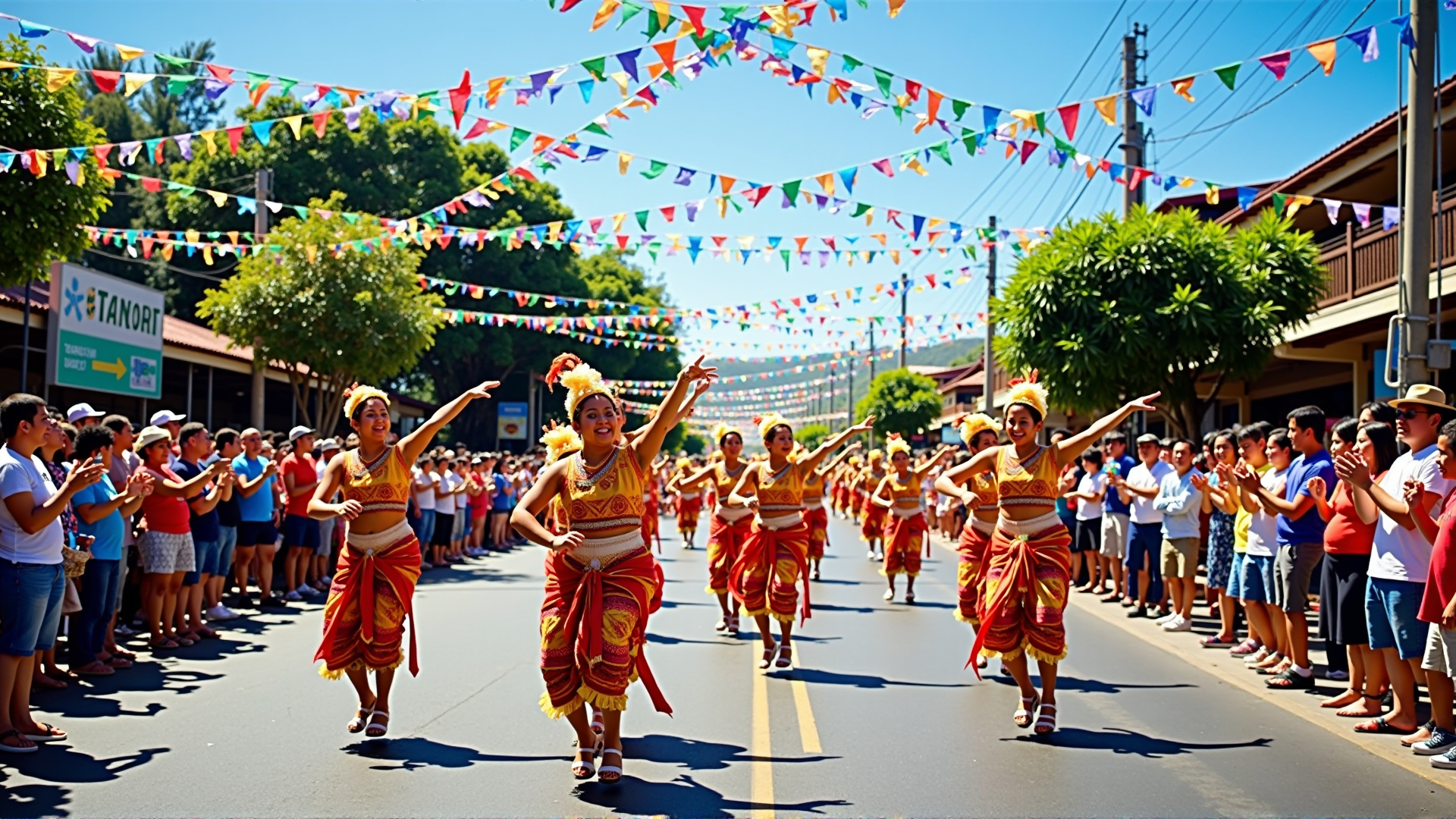The Philippines, an archipelago consisting of over 7,000 islands, is renowned for its vibrant and diverse cultural festivals. These celebrations are not only a window into the rich tapestry of Filipino traditions but also an invitation to revel in the warmth and hospitality of its people.
Each region boasts its own festivals, with many dating back centuries, deeply rooted in local history and tradition. One of the most famous is the Sinulog Festival in Cebu, held every January. It honors the Santo Niño, or the Child Jesus, and features a grand street parade with participants in elaborate costumes dancing to the rhythm of drums and native gongs. The energy is palpable, and it's an exhilarating experience for both locals and visitors alike.
On the island of Panay, the Ati-Atihan Festival in Kalibo showcases a different kind of celebration. Known as the "Mother of all Philippine Festivals," it combines indigenous and Christian elements. Participants paint their faces with black soot and don colorful tribal wear to honor the indigenous Ati people, marching to the hypnotic beat of drums. It's a mesmerizing spectacle of unity and cultural pride.
In the colorful south, Davao City hosts the Kadayawan Festival every August. This week-long festivity is a thanksgiving celebration for the bountiful harvest and the richness of the city’s natural resources, also paying homage to Davao's 11 indigenous tribes. Highlights include street dances, floral floats, and exhibits showcasing Davao's unique crafts and produce.
The Pahiyas Festival in Lucban, Quezon, is an iconic celebration dedicated to San Isidro Labrador, the patron saint of farmers. Houses are adorned with vibrant displays of fruits, vegetables, and handmade "kiping," a leaf-shaped wafer made of rice. This festival illustrates both the creativity of the locals and the importance of agriculture in their everyday life.
Bacolod's MassKara Festival, meanwhile, is a tribute to the resilience and unwavering spirit of the Bacolodnons. Held every October, it originated during a time of crisis in the city and serves as a way for people to smile through hardships, symbolized by the colorful, smiling masks worn by participants.
What makes these festivals truly special is the deep sense of community and belonging they foster. They are not just celebrations but expressions of gratitude, resilience, and hope. Both locals and travelers find themselves swept up in the joyous atmosphere, forging connections amidst dances, music, and shared meals.
For those who seek to experience genuine cultural immersion, attending these festivals provides an unparalleled opportunity to witness the Philippines’ kaleidoscope of traditions and the indomitable spirit of its people. Whether you're watching the swirling colors and movements or partaking in the communal spirit, these celebrations promise an unforgettable journey into the heart of Philippine culture.
